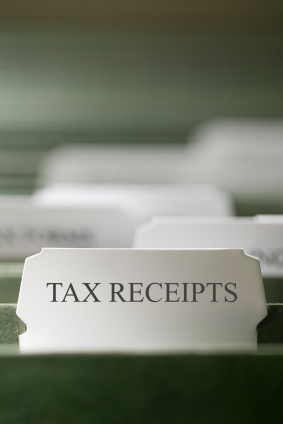Substantiating business expenses is a common problem for many businesses going through an audit with either the Internal Revenue Service (IRS) or the Minnesota Department of Revenue (MDR). In previous blog articles, we addressed the first and second steps of a four step process in an IRS or MDR substantiation audit. This article will focus on the third step: proving a business expense is “ordinary.”
Section 162 of the Internal Revenue Code (IRC) allows business taxpayers to deduct “ordinary” and “necessary” business expenses from gross income. In general, these expenses must be:
- paid or incurred during taxable year;
- for carrying on any trade or business;
- an ordinary expense; and,
- a necessary expense. INDOPCO, Inc. v. Comm’r, 503 U.S. 79, 112 S. Ct. 1039 (1992).
The courts generally define “ordinary” in two different ways. The court can use either or both of these definitions for “ordinary.” Which definition they use depends on the facts and circumstances.
Nexus to the Business. Some courts state that an expense is “ordinary” when “. . . the purpose of the business expense is directly connected to the income producing nature of the taxpayer’s trade or business.” Deputy v. du Pont, 308 U.S. 488, 494-95 (1940). The courts commonly use this definition of “ordinary” when they are scrutinizing an expense that does not appear to be typical for similar businesses.
For example, if an auto repair business purchases auto parts, it is unlikely that either a court or the IRS will question whether the expense is “ordinary” as the purchase of auto parts is directly connected to the income producing nature of the business, repairing automobiles. In contrast, if the auto repair business purchases tennis rackets, an expense not typically associated with an auto repair business, the auto repair business must have a good explanation for the court or the IRS regarding how purchasing these tennis rackets is connected to producing income for the business.
Currently Deductible Expense. Some courts state a business expense is “ordinary” when the taxpayer can currently deduct the full amount of the expense in the year the taxpayer paid or incurred the expense. Comm’r v. Tellier, 383 U.S. 687, 689-90 (1966) citing Welch v. Helvering, 290 U.S. 111, 113-116 (1933).” This is a vague definition that usually involves determining whether some provision other than IRC Section 162 makes the expense non-deductible or partially deductible in the current year.
When scrutinizing an expense under this definition of “ordinary,” the courts examine all of the facts and circumstances. Two common questions that the courts ask are:
1. Is the expense recurring or is it a one time expense? If it is a recurring expense, it is more likely to be an “ordinary” expense, but still can be non-deductible depending on facts and circumstances. If it is a one time expense, it is more likely to be either non-deductible or not fully deductible in the year the taxpayer paid the expense, but can be “ordinary” depending on facts and circumstances.
2. Is the expense paid for a “capital expenditure?” A “capital expenditure” is an expense paid for the purchase of an asset, or improvement to an asset, with a useful life of a period of years. IRC Section 263. If the expense is paid for a “capital expenditure,” it is not deductible under IRC Section 162, but the taxpayer might be able to deduct the expense during a period of years if it qualifies under special rules for depreciation, depletion, amortization, or loss. If the expense is not paid for a “capital expenditure,” it is more likely to be “ordinary” and currently deductible.
Questions involving this definition of “ordinary” under IRC Section 162 can have a significant tax impact in an audit. For example, assume a taxpayer improperly deducts a $500,000 expense incurred to improve an asset in year one, but the taxpayer should have capitalized this $500,000 expense over a period of 10 years and deducted it at one-tenth of $500,000 per year, or $50,000 per year. If the IRS audits this taxpayer, disallows the $500,000 “ordinary” expense deduction, and allows the $50,000 deduction in year one instead, the taxpayer will owe the tax on $450,000 of additional income in year one. While this is the correct result, it will leave the taxpayer with a significant tax obligation.
Providing the documents to prove that the taxpayer incurred expenses is the first step in a substantiation audit. The second step is proving a “trade or business” incurred the business expenses. The third step is demonstrating the business expenses are “ordinary.” Please watch for further articles in this blog explaining the last requirement, proving the business expenses are “necessary.”

